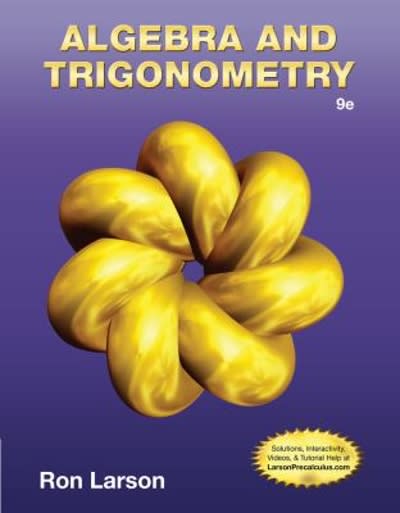





please help with with r studio question
BMI 29.77 2 21.87 25.40 A 18.78 5 22.80 6 31.26 7 26.09 8 22.06 9 19.78 10 26.88 11 23.05 12 40.70 13 36.01 14 32.72 15 35.43 16 27.76 17 39.16 18 31.44 19 24.75 20 21.57 21 23.15The following are very small data sets of human birth weights (in kg) of either singleton births or individuals born with a twin. Singleton: 3.5. 2.3". 2.6, 4.4 Twin: 3.4, 4.2. 1.? Indicate whether each of the following sets of numbers (items a through f} is a possible permuted sample for use in testing the difference between the means of singleton and twin birth weights. If not, select the answer with the appropriate reason(s} why. Singletons Twins Is it one of the possible permutations? a. 3.5, 23'. 2.6, 4.4 3.4, 4.2, 1.? b. 3.4,4.2, 1.7, 3.5 2.7, 2.6, 4.4 \fSuppose a health researcher wants to estimate the mean body mass index (BMI) for U.S. women who are current smokers. Use the provided random sample from CDC health survey results {sample size n = 50) to estimate a 95% condence interval for the mean BMI of US. adult female current smokers. As the BMI distribution for the sample is rightskewed. perform a natural log transformation of the data in order to develop the condence interval. Avoid rounding within calculations. Click to download the data in your preferred format. CS'lrr Excel MacText Minitai) PCText R SPSS Provide the 95% condence interval in the form "(lower limit. upper limit)" where each limit represents BMI measurements on the original scale, each number rounded to two decimal places. 95% momma: BMI 22 17.23 23 22.34 24 36.61 25 29.76 26 30.18 27 40.70 28 24.34 29 19.78 30 31.01 31 34.45 32 19.49 33 16.99 34 24.69 35 24.59 36 27.46 37 24.39 38 28.27 39 24.21 40 23.30 41 22.13 42 21.29\fThe human immunodeciency virus (HIV) has a high mutation rate. Many of the mutations that appear are harmful to the virus itself. making it less able to replicate. Are mutations in all genes of the virus equally harmful? Theys et a]. (2018) measured the reduction in replication rate of HIV viruses caused by mutations in two different genes, reverse transcriptase {RT} and protease (pro). The accompanying graphs show the frequency distributions of reductions in replication rates for 397 and 158 unique mutations that affect the amino acid sequence of the two proteins. The graphs also show the distributions of the same data after log transformation. it 53 I: I: o _.._l. . _-.. m :25 m If! I In an #2! on It?) In my: mp- \"hull-n- I1 Analyze the graphs and determine the true statements. The logtransformed data look like they came from a normal distribution. [I The original data are normally distributed. The t of the normal distribution to the data is improved by log transformation. The original data are rightskewed. The twosample rtest is suitable for analyzing the logtransformed data. Incorrect




















